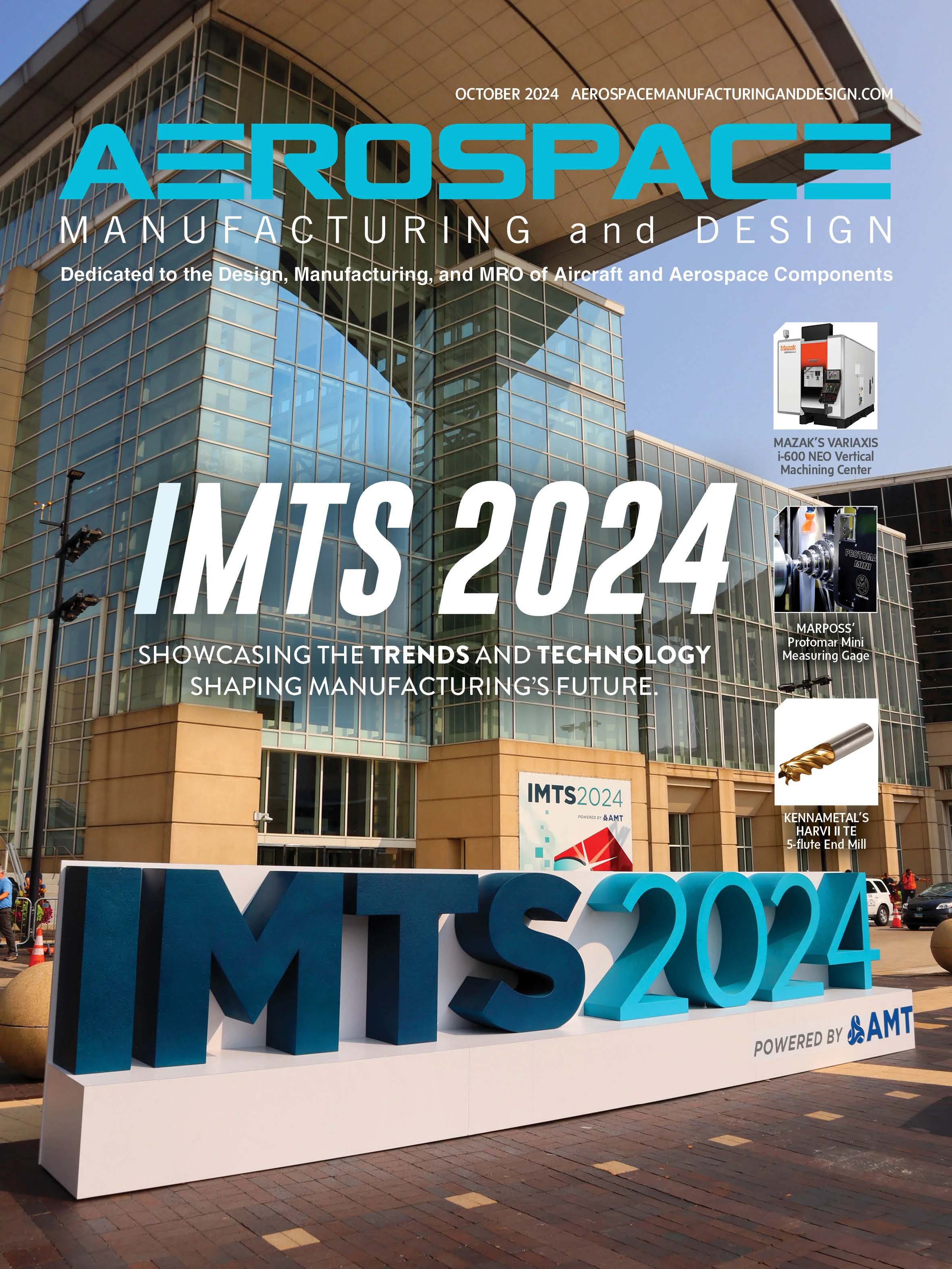
Addressing the challenges of machining aerospace materials places critical importance on cutting tool design and composition. At the core is grade selection, which affects tool life and the ability to consistently machine high value and often complex components.
Cutting tools are built from the grade up
Carbide grades are the basis of many of today’s most advanced cutting tools. They’re engineered to provide strength and wear resistance for high performance and predictable tool life. As consumables, they wear, but ideally at an acceptable rate while achieving performance until they are indexed or replaced.
Proper grade selection is the start to successful machining. The main aspects of any grade are cobalt content and grain size, with performance also influenced by geometry and coating. In tungsten carbide grades, the hard, brittle carbide grains are cemented together by soft but tough cobalt through sintering. More cobalt equates to softness and is more difficult to break, referred to as toughness or impact resistance. Smaller concentrated grains give the substrate better wear resistance for longer tool life, but less impact resistance. By varying grain size and cobalt percentage, cutting tool manufacturers make carbide grades tougher or harder.
Material differences
Standard ISO material groupings – Steel (P), Stainless Steel (M), and Cast Iron (K) – have a wide range of machinability. Newer materials include superalloys and even stacked materials where carbon fiber is sandwiched with titanium and aluminum. Airframe, landing gear, and engine components fall within the S category, which includes nickel-based materials such as Hastelloy, Waspaloy, and Inconel 718. They maintain mechanical strength and structural integrity even in extreme heat so are ideal for aerospace. These metallurgical properties also make them difficult to machine. Higher cutting forces are required, which generates higher heat and limits cutting speed and, consequently, productivity. Among the machinability challenges is abrasiveness. Bottom line, superalloys consume carbide.
Engineering grades for the job
This creates the need to optimize machining through skillful selection of cutting tool grades, coatings, and geometries – as well as the process – to effectively machine aerospace components.
Substrates for aerospace machining are engineered for higher cutting forces, offering high temperature resistance and superior cutting-edge integrity to prevent corner and micro chipping. To achieve this, cutting tool manufacturers create optimal blends of sub-micron carbide grains and slightly more cobalt binder with other materials such as chromium carbide preventing particles from growing during sintering. This results in toughness and wear resistance. Typically, a cobalt content of 6% to 12% works, offering high hardness and abrasion resistance. Grades with these characteristics, such as H.B. Carbide’s high performance grade HB-710, which has been tested in aerospace applications, show tool life increases of 20% to 30% in high temperature Inconel materials.
Quality
Long tool life is desirable. It makes economical use of the tool, eases the process for operators, and keeps production running. But the biggest advantage is predictable quality imparted to the component. This is especially true with aerospace, given material cost and processes performed leading to a finished part. Scrapping workpieces is expensive, and anything sub-par won’t pass QC, so long tool life only matters if operations stay within tolerance as the carbide wears. HB-710 accomplishes this starting with materials consistency, U.S. sourced; moves into exact percentages of cobalt binder and carbide grain sizes, and ends with a process that is consistent and repeatable.


Explore the October 2024 Issue
Check out more from this issue and find your next story to read.
Latest from Aerospace Manufacturing and Design
- America Makes announces QTIME project call
- Innovation meets precision for 40% faster machining
- Upcoming webinar: Pro tips from a supply chain strategist
- Heart Aerospace relocates to Los Angeles
- Fixtureworks introduces Stablelock Clamps
- Piasecki acquires Kaman's KARGO UAV program
- PI Americas’ long-travel XY piezo nanopositioners-scanners
- AAMI project call submission deadline extended to May 12





